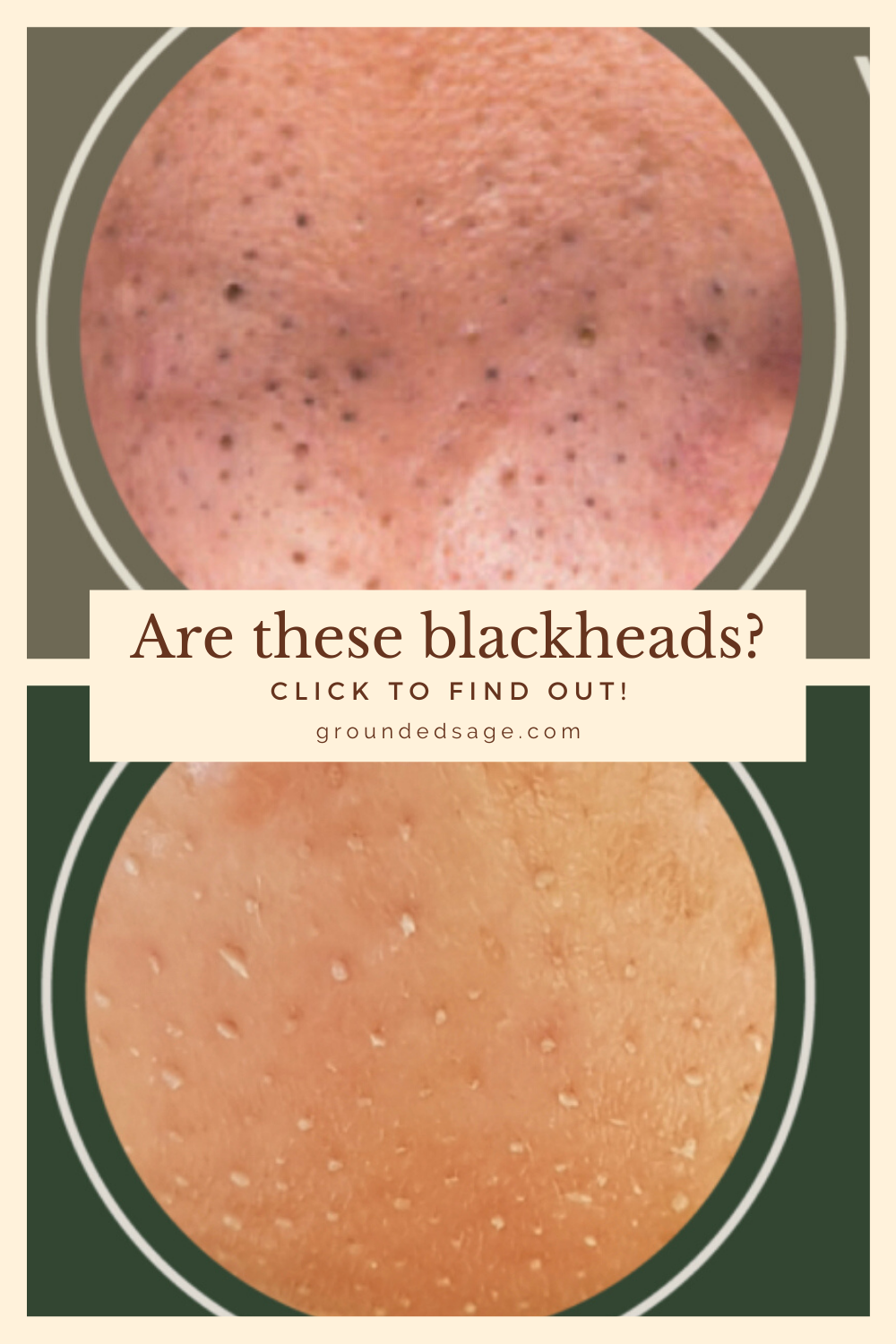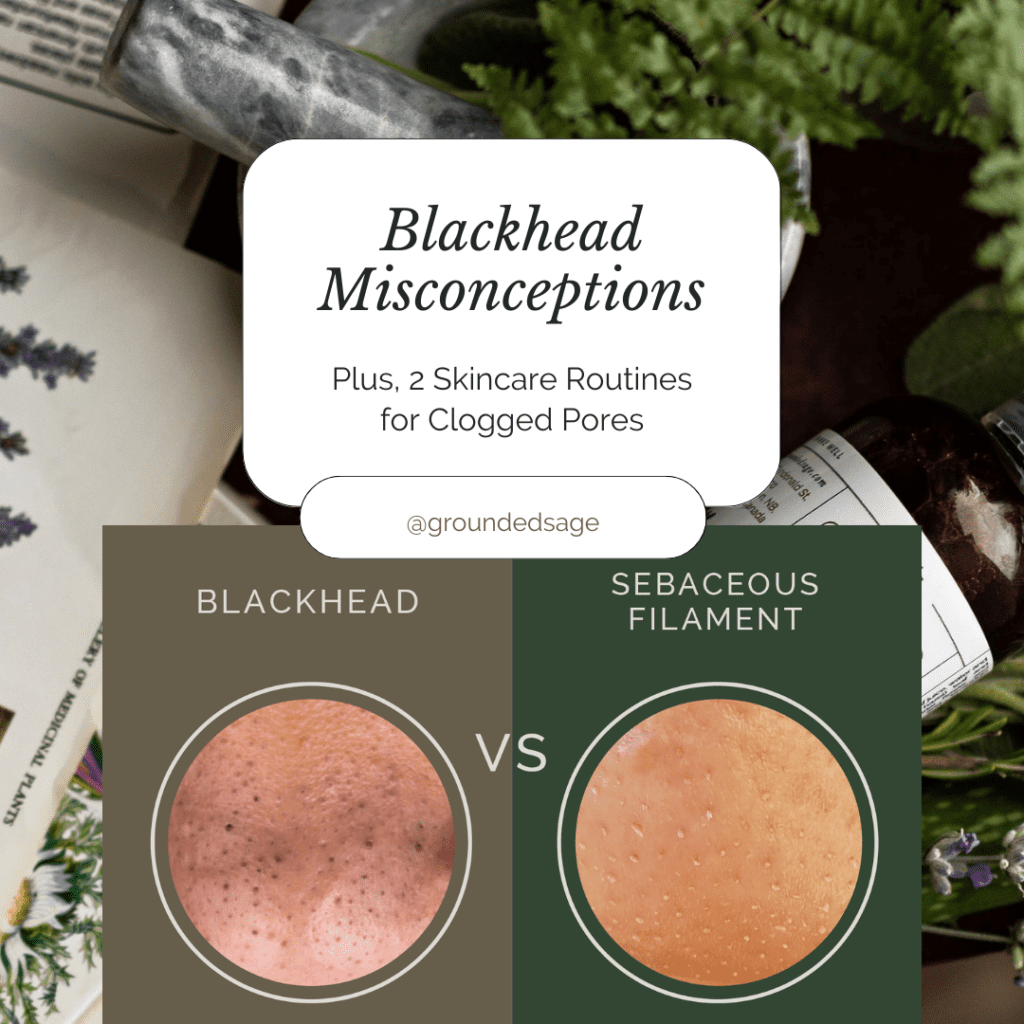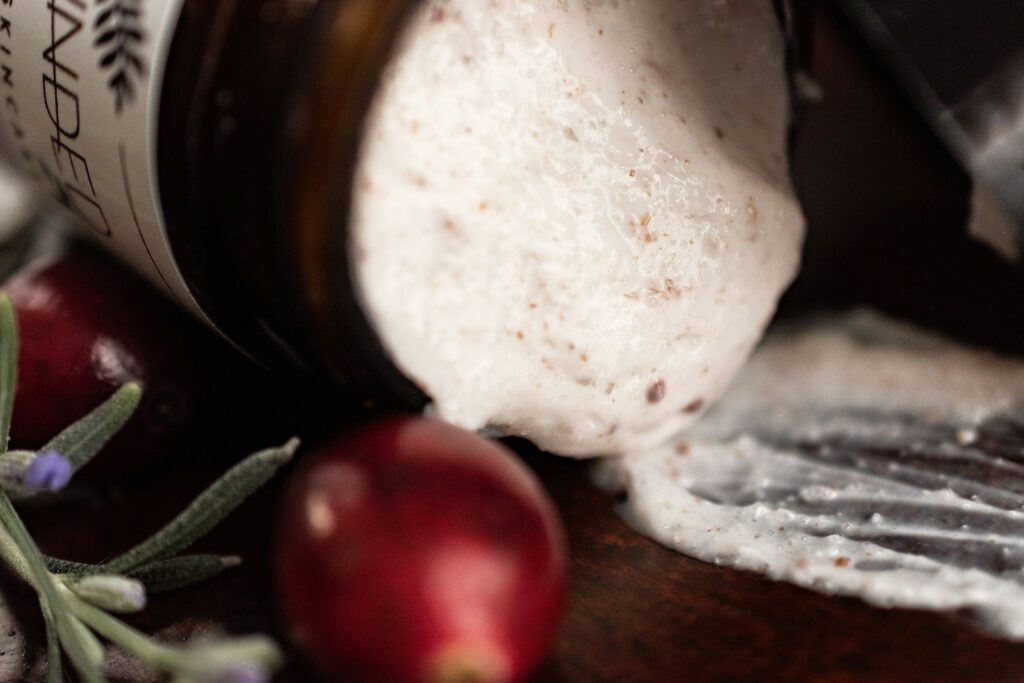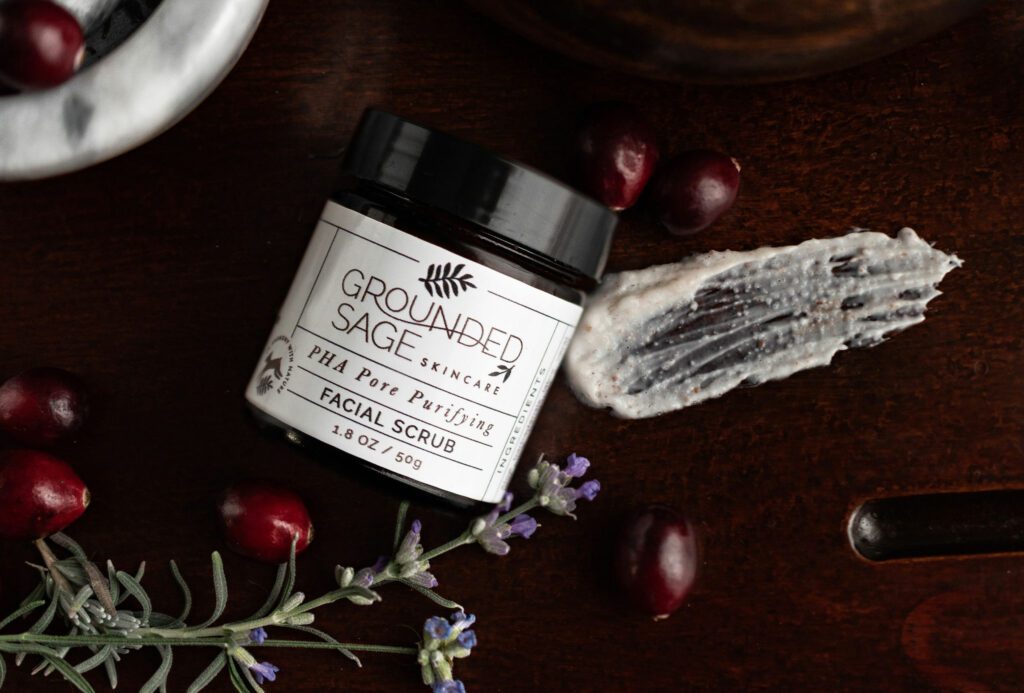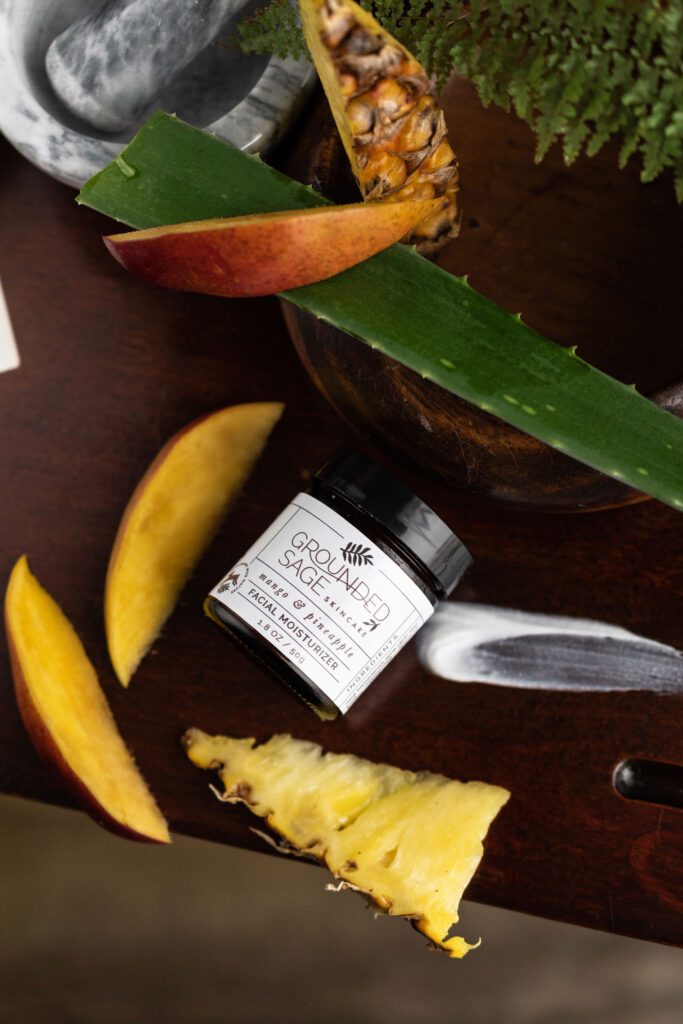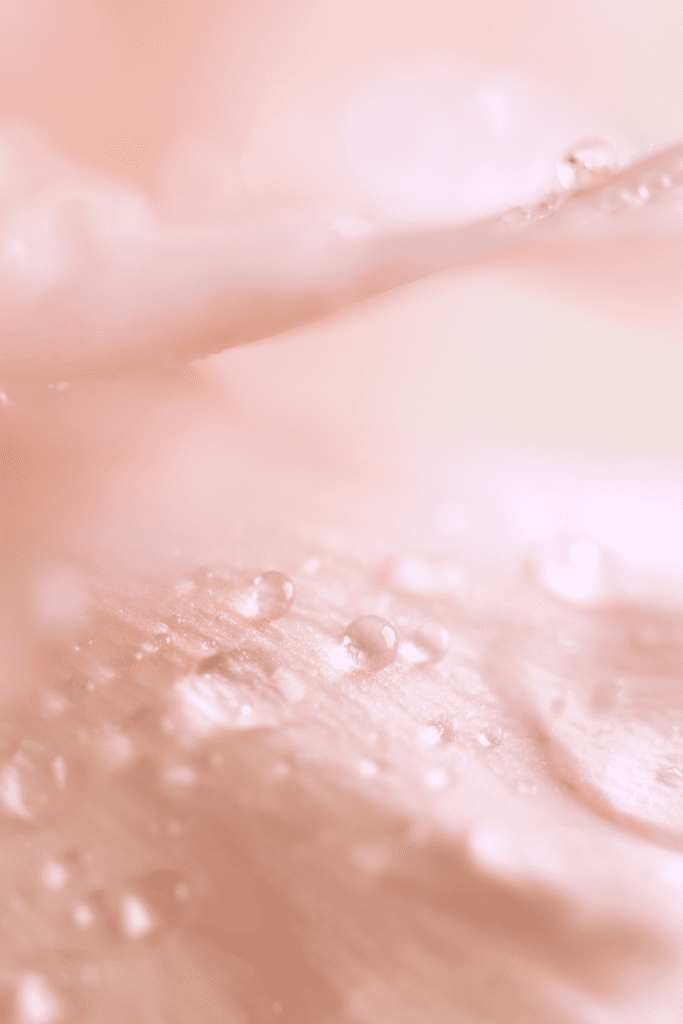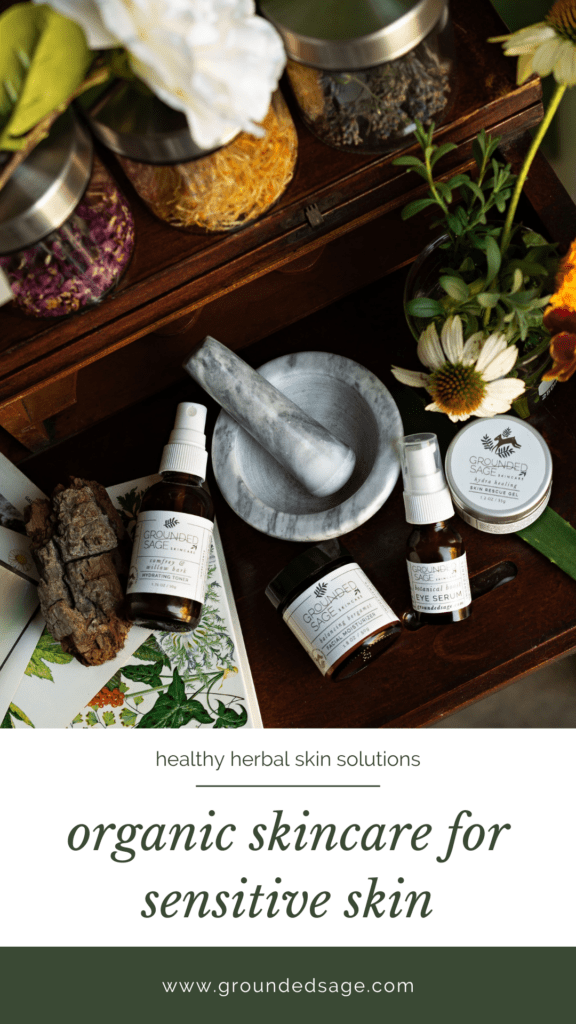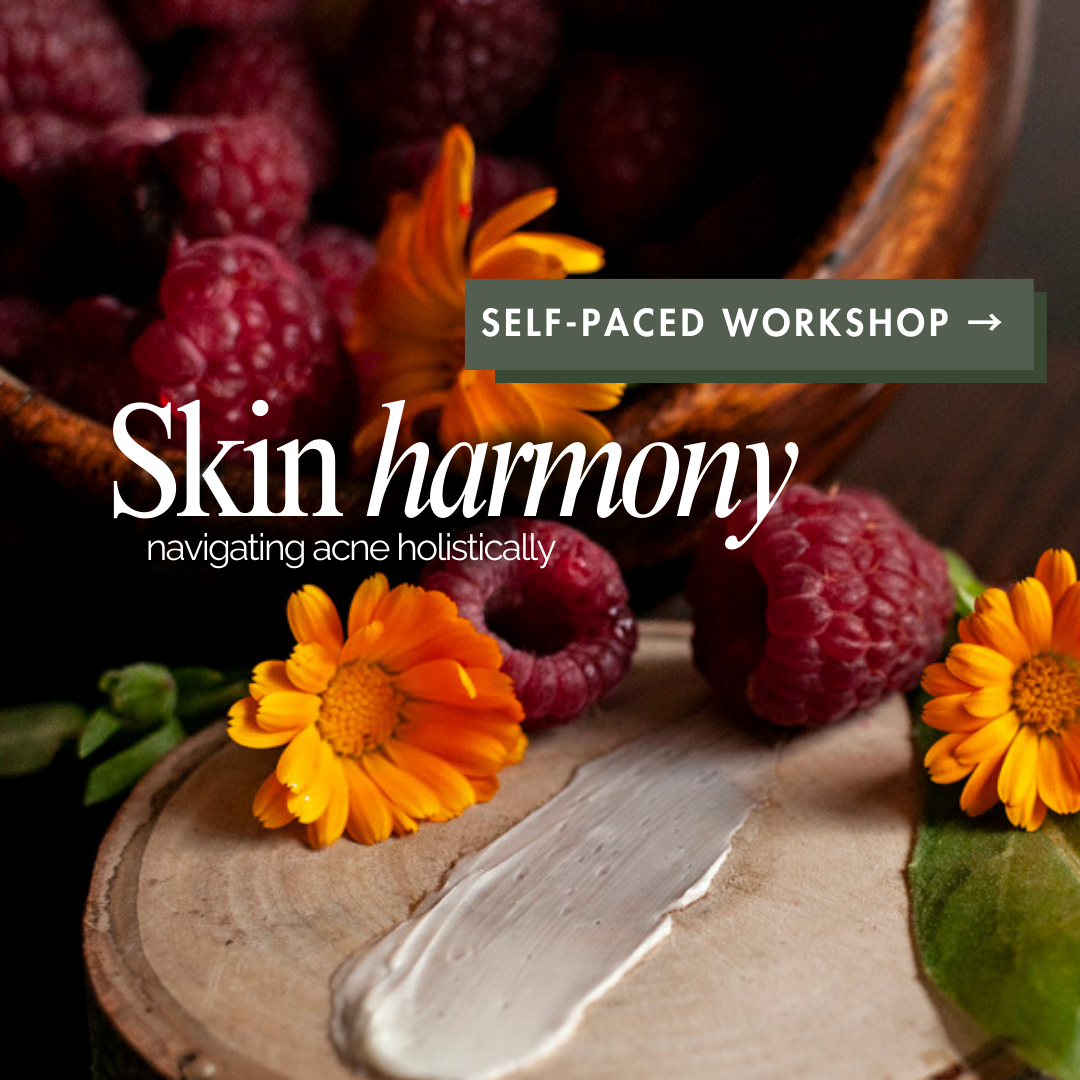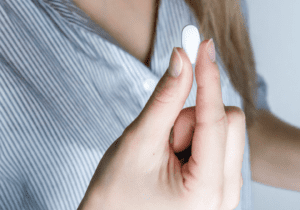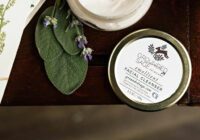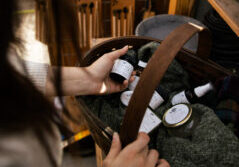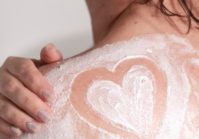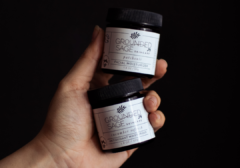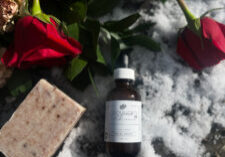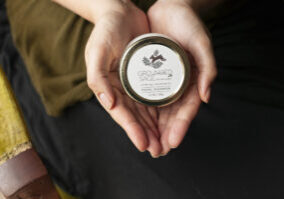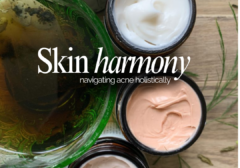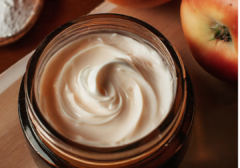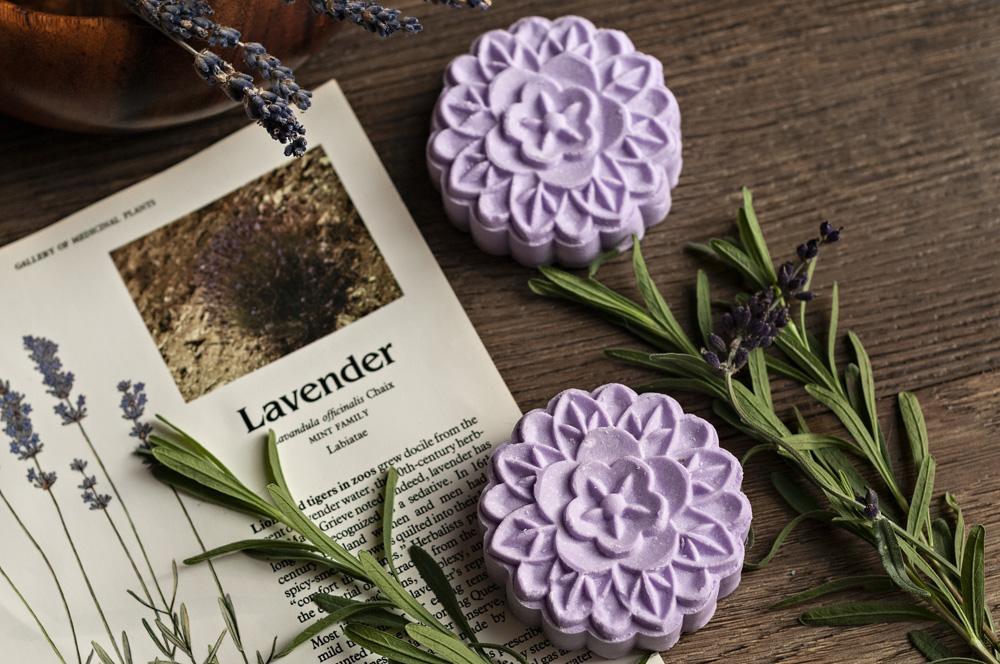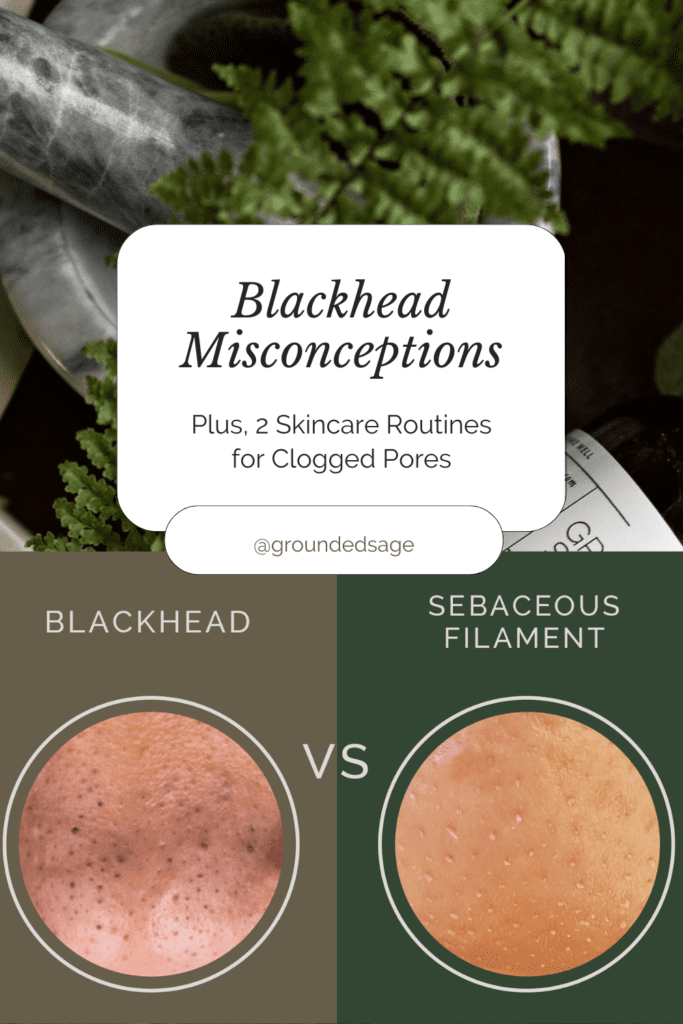
Let’s have a little chat about something that’s been coming up a lot lately- blackheads! There’s a BIG misunderstanding around blackheads in the beauty community, so we thought it was time to share some insight on this topic and help you identify whether you’re dealing with blackheads or something else.
Blackheads- everyone’s got them, right? Well, not exactly!
There’s a common (and very popular) misconception that “stuff” in our pores means we’re fighting blackheads. The truth is, blackheads are much less common than you think. Sure, everyone has the potential to get blackheads, but there’s a strong (much more likely) chance that what you’re seeing are called sebaceous filaments.

Blackheads vs Sebaceous Filaments
Wondering what the difference is?
Here’s a brief description of the two:
⚫️ Blackheads:
- A combination of oil, dead skin cells and debris that have hardened into a dark-coloured ‘plug.’
- They’re the ones that, when extracted, almost ‘ooze’ out in a worm-like plug.
🟡 Sebaceous Filaments
- Pin-like dots that commonly appear on your nose and T-zone.
- Sebaceous filaments are the stars of ads promoting pore/nose strips and are definitely not blackheads!
- They’re also much smaller than a blackhead and produce a pale-yellow substance when extracted.
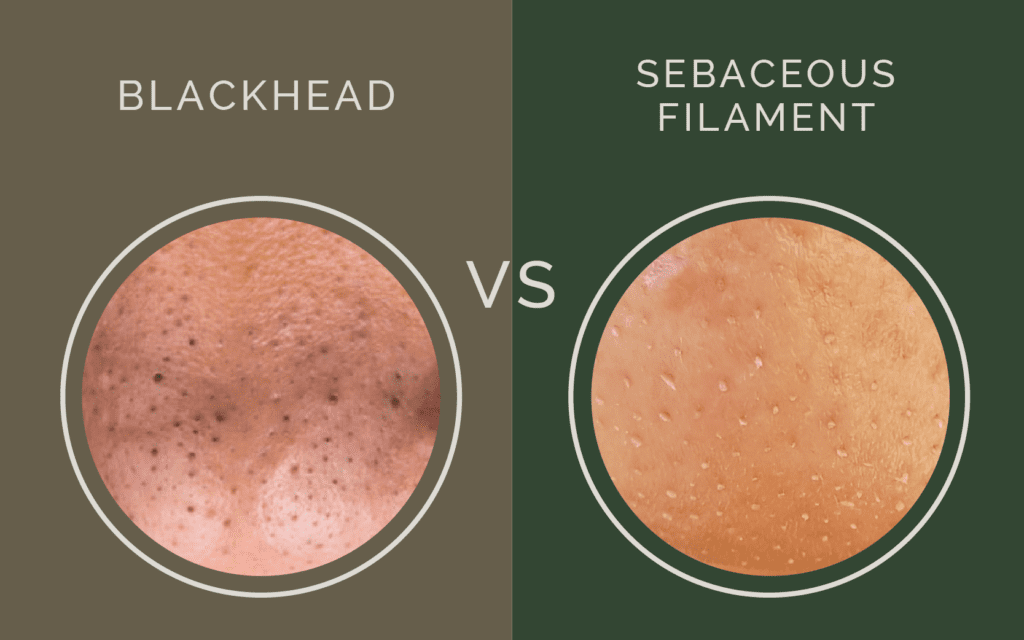
Still not entirely sure which you’re dealing with?
Well, everyone has sebaceous filaments, so there’s that. Blackheads or not, sebaceous filaments will always be present.
That being said, here’s another trick you can try:
- When you run your finger over the area, do you feel hard bumps below the skin (blackheads), or does it still feel soft and smooth (sebaceous filaments)?
Addressing sebaceous filaments can also minimize your chances of them turning into blackheads.
While we know that we can’t ‘shrink’ our pores (once the walls of a pore have been stretched, they cannot be unstretched), we can minimize their appearance by keeping them clean and relaxed.
Here’s how to minimize the appearance of sebaceous filaments while tackling clogged pores, congestion, and buildup on your skin:
1) Forget about extraction:
Self-extraction is one of the biggest causes of pore stretching and irreversible damage to the pore walls. While we know it’s tempting, avoid extracting sebaceous filaments. They’re an unfortunate (but natural) process of the skin, and if dealt with using the right skincare, there’s no need to be forcing their disappearance.
2) Exfoliation:
The best way to address sebaceous filament is by making sure you’re exfoliating properly. What this means for your skin will differ from one person to the next.
If your skin agrees with fruit enzymes, they’re a great way to get some exfoliation both at a surface level AND deep within the pores. Fruit enzymes break down dirt, debris and other ‘gunk’ in the pores for easy release.
Fruit enzymes can be found in:
- This cream cleanser is great for evening skincare routines
- This facial moisturizer also delivers a potent dose of congestion-combating antioxidants to buffer sebum (your skin’s natural oil) against oxidative damage that results in sebum becoming sticky (a significant cause of clogged pores).
If you want more control over when and how often your skin uses exfoliating ingredients, especially if you struggle with sensitive skin, consider leaving exfoliating cleansers and texture-refining moisturizers out of your daily skincare routine. Instead, pick a hydration-focused cleanser and moisturizer for daily use, and when needed, exfoliate as a separate step in your routine. Exfoliating as a separate step allows you to adjust the amount of exfoliation your skin is getting without having to tweak your whole routine.
Facial scrubs with natural buffing ingredients and PHAs might just be the helping hand your skin needs. If you’re a fan of AHAs / fruit enzymes, you’re in for a treat! PHAs are the next-level AHAs that are kinder to sensitive skin types with the added bonus of being a hydrator to the skin (dehydrated skin is more prone to clogged pores, so this is important). The best of both worlds (hydration + exfoliation) can be found in this pore-purifying facial scrub.
3) Hormonal balancing:
Is your oil production in overdrive because of an internal imbalance of hormones?
When our hormones work overtime, we produce more oil as a method of expelling the excess hormones from the body.
Immediate actions you can try are removing things like dairy and processed sugars, as these have both been identified as hormonal triggers.
For a list of further steps you can take to address your hormones, check out THIS blog.
4) Stop avoiding oils:
Sounds counterproductive, we know BUT hear us out. Oftentimes, our body produces oils as an attempt to make up for something that’s missing. Depending on your skin, this could be hydration (water) or moisture (oils).
Please note when we say oil, we’re referring to healthy oils. The excess oil that comes from our skin (sebum) contains debris, dead skin and excess hormones that can lead to other issues.
Your skin is looking for healthy, nourishing oils packed with beneficial essential fatty acids. These can easily be provided to skin that needs some support through moisturizers that include jojoba oil, sunflower oil, Argan oil, etc. Each of these examples contains properties that can calm, soothe, heal and protect our skin; because they’re natural, our skin recognizes them easily and puts them to work.
Still not sold? HERE is a blog we wrote a while back to better explains the relationship between oils and our skin.
5) Hydration station:
On the opposite end of the spectrum, your skin can also produce excess oil when there’s a lack of water present. Unfortunately, one cannot replace the other effectively, and our pores require the water as lubrication to help push out build-up. Adding a hydrator (a dedicated product just for this purpose) can help to reassure your skin that you’ve got this part taken care of so it can slow down on the oil production.

🌿🌼🌿
2 Balanced Skincare Routines For Clogged Pores & Congested Skin
🌿🌼🌿
Routine 1:
- Cleanser: Green Tea & Pineapple
- Hydrator: Comfrey & Willow Bark
- Moisturizer: Balancing Bergamot
- Scrub: PHA Pore Purifying *
* Use the scrub as needed in place of Green Tea & Pineapple Facial Cleanser. 1 – 3 times a week is my recommendation.
Routine 2:
- Cleanser: Clarifying Sage
- Hydrator: Comfrey & Willow Bark
- Moisturizer: Mango & Pineapple
- Scrub: PHA Pore Purifying *
* Use the scrub as needed. 1 – 3 times a week is my recommendation.
A few notes about these routines:
- Both routines combine products that buff off dead skin cell build-up & protect the skin against sticky sebum (oil), leading to more noticeable sebaceous filaments.
- Neither routine is “better” than the other. Instead, they utilize different ingredients, so you’ve got some options depending on your – and your skin’s – preferences.
- Each routine is crafted to ensure there are plenty of antioxidants to buffer sebum (your skin’s natural oils) against oxidation. Oxidative damage causes sebum to become sticky, which leads to clogged pores.
- The products in each routine have also been selected to work together to combat congestion without having too much of a good thing (like too many exfoliating AHAs that could result in overdoing it on the exfoliation front, which would lead to an additional cause of congestion).

Hopefully, this helps clear the air on this topic and allows you to identify if you’re actually dealing with blackheads or sebaceous filaments. This is the perfect example of why we encourage our Radiant Rebels to do their own research when confronted with ads and trendy products. Things may not always be as they seem, but the truth is also out there!
With love and radiance,
P.s. If you know your grounded sage skin type, the navigation menu in the shop has a link to a recommended routine for each type. Verify your skin type with this handy quiz.
Pin this article for later:
